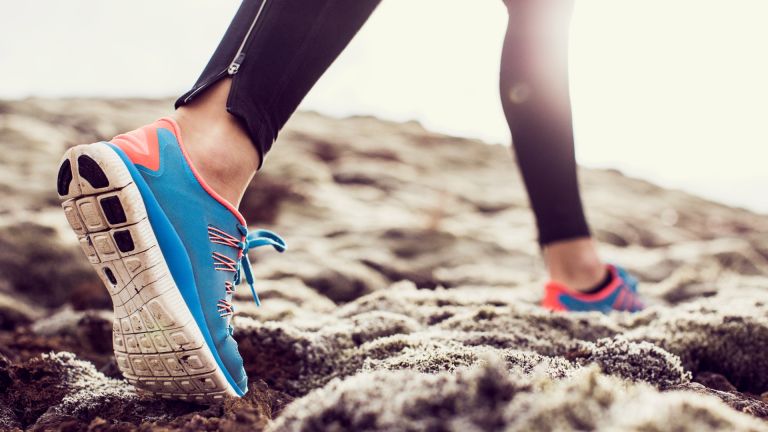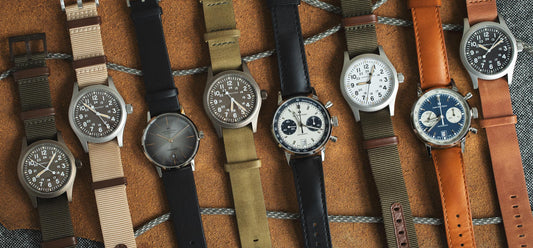Shoes are one of most commonly used accessories by humans. People of all ages use them, as well as both sexes. They are worn by people all their lives, even from the moment they learn to walk. Sneakers are another confusing term. They look very similar to shoes. When people go to the market to purchase accessories for their athletic purposes, it becomes difficult to distinguish between running shoes and athletic shoes. Although sneakers serve the same purpose, the differences between them will be discussed in this article.
Shoes
People wear shoes as an accessory to their feet for warmth, comfort, and warmth. The shoes can be made of leather or synthetic materials like nylon and polyurethane. They are worn on the top and bottoms of athletic shoes and sport shoes. These shoes are very easy to clean and maintain. All you need to do to clean them is a piece of wet cloth. These shoes' soles are made of polyurethane, which is flexible and absorbs all road impacts. Shoes with hard outsoles are better for runners who run or train on difficult terrains. They resist wear and tear and are extremely durable. As they offer a lot more comfort, soft soles are great for daily wear.
Sneakers
People use the term "sneaker" for their sports shoes, as it has become a common name. Although sneakers are a common term for all kinds of shoes with rubber soles, it is incorrect. These shoes were named because they made very low noises while walking due to their rubber soles. These shoes were so easy to slip on that you could even sneak up to another person, hence the name. There are many options for sneakers today. You can choose one to use in the gym, or you can get sneakers for running. The term "sneaker" is most commonly used in North America, while trainers and joggers are more common in Australia and England.
What's the difference between sneakers and shoes?
* Shoe refers to all footwear worn by women and men, while sneaker refers to athletic shoes.
* Not all athletic sneakers are sneakers.
* The term "sneaker" is used mostly in America. In Britain, these shoes are called "joggers".
* Shoes can be made of many materials but sneakers are only made of synthetic fabric with rubber soles.
* Sneakers are for comfort and daily activities. Leather shoes are formal.
Are sneakers suitable for running?
Let's make a distinction to show you the differences.
Cushioning
Running impacts the ground with approximately 3 times your body weight, while walking only has about 1.5 times.
Running has a greater impact on your lower legs, especially the forefoot and heels.
Heel Height
Running shoes have a built-in heel that provides stability. Runners are able to hit the ground first using different parts of their feet, such as the toes and the front of the foot.
It is disputed which foot should be touched first in order to avoid injury and make it easier to run faster. The weight of their body forces the heel to descend with great force, allowing them to propel themselves up for the next step.
This cycle continues for as long as they are running. They need a shoe that has a good heel to aid them in the up-movement for the next step.
Walkers, on the other side, can wear shoes that are almost flat as they touch their entire foot simultaneously.
They don't require a special heel design as their running counterparts. Manufacturers will usually indicate the heel drop when you purchase a shoe. It is measured in millimeters (mm). Because your heel is on the inside of the shoe, the heel drop should be measured from there.
The heel flare on the shoe
Running shoes can have flared heels to offer extra comfort for athletes whose feet touch the ground with their forefoot. To ensure maximum comfort and prevent injury to the feet, shoe manufacturers have added safety measures such as flares.
Walking shoes should have no flared heels because walkers are more likely to strike the ground with their heel than those in walking shoes. Flaring the heel can cause injury as the foot will roll forward when it is flared. A well-cut heel is the best for walking shoes.
Flexibility
All shoes for gym or work are made to be comfortable. High intensity exercises can lead to injuries. Fitness injuries can be caused by the wrong shoes.
Running shoes can be flexed from the arch to the midfoot. This flexibility is ideal for runners, who hit the ground first with their toes.
Running shoes and walking shoes should not bend at the arch. This is because the toes provide support to the other foot so that the next step can be taken.
It is unacceptable to wear a shoe that does not bend. This will put a strain on your foot and could cause serious injury.
Conclusion
Your safety and longevity in the fitness industry depend on your ability to understand the shoe you use for running. You could suffer career-threatening injuries that could endanger your dreams.
Shoes that are not designed for runners can lead to injuries such as stress fractures, planter fasciitis and shin splints. No matter if you're a seasoned runner, a professional or a beginner runner, it doesn't really matter. Avoiding injuries is the best thing.
It is important to recognize when your shoe is worn out. It is time to replace your running shoes if the heel flairs and padding start falling off.
Don't forget to find the right shoe size for you.
Many people in the business overlook this. The same result can be achieved if you get the wrong shoes, but the right size.
If you don't have the right shoe size, your efforts to exercise safely will be futile.
If you receive a shoe that doesn't fit properly after ordering online, it is best to return it and request a size adjustment. Don't rush to get your new sneakers or running shoes on the ground without measuring your feet.




